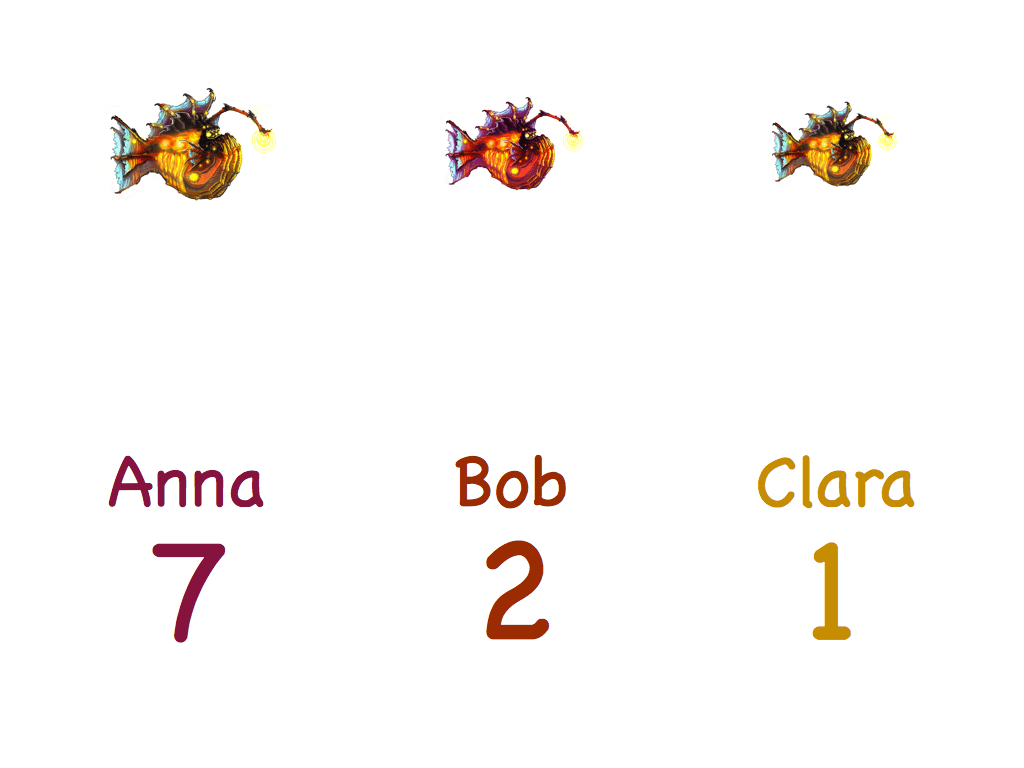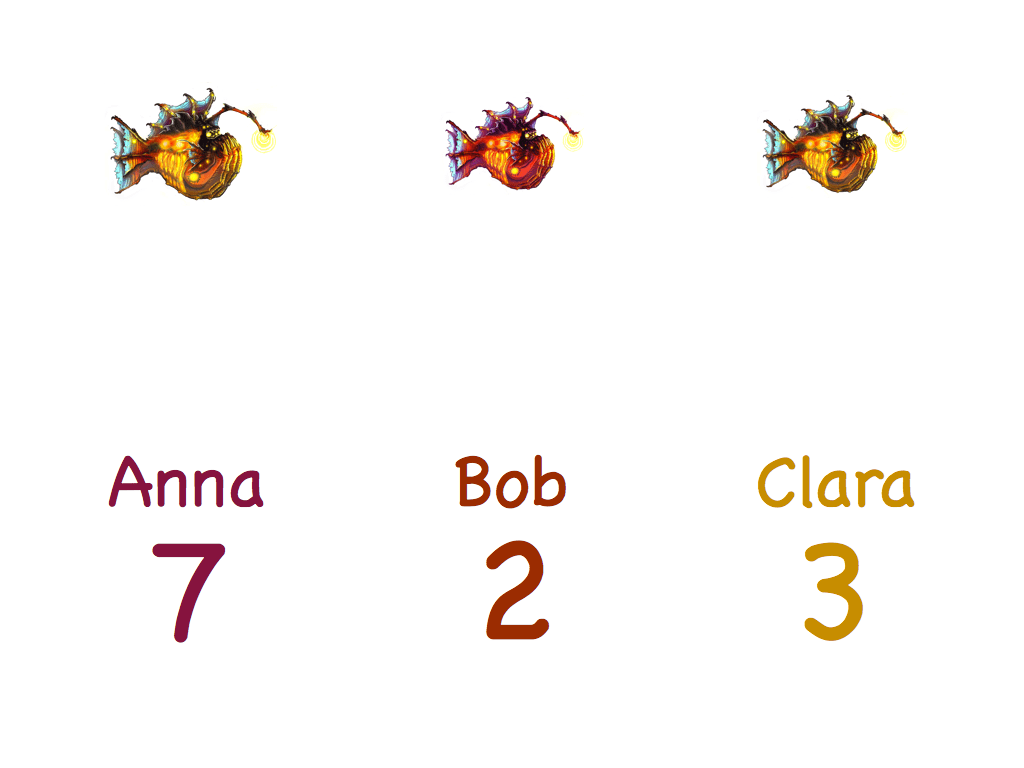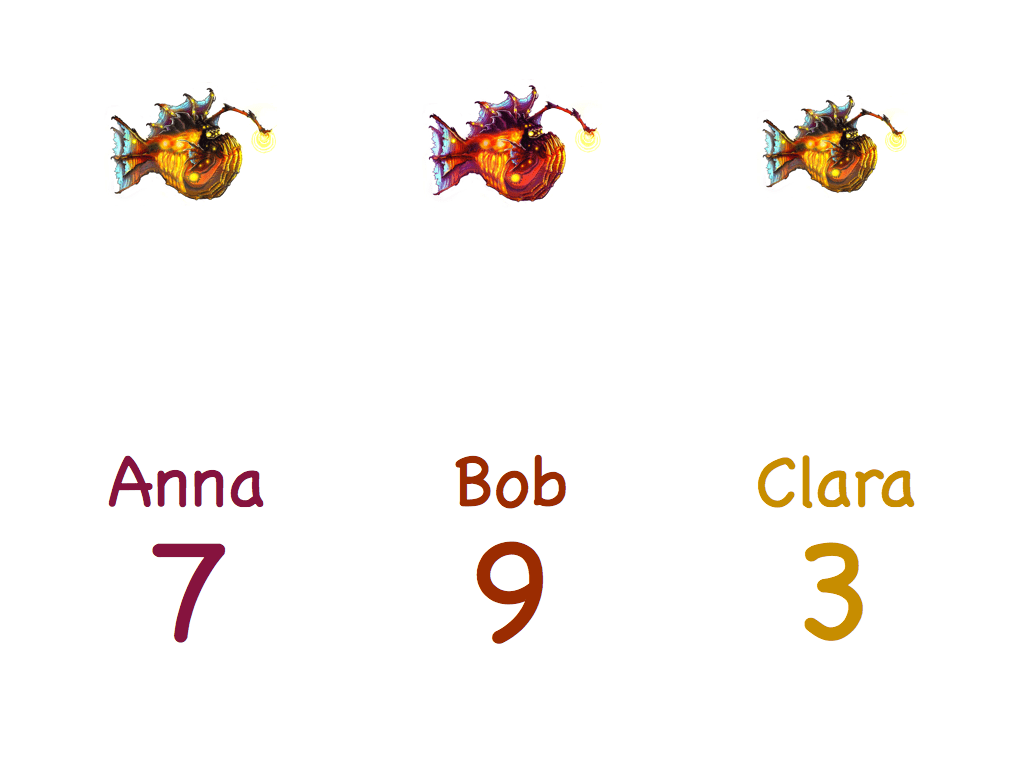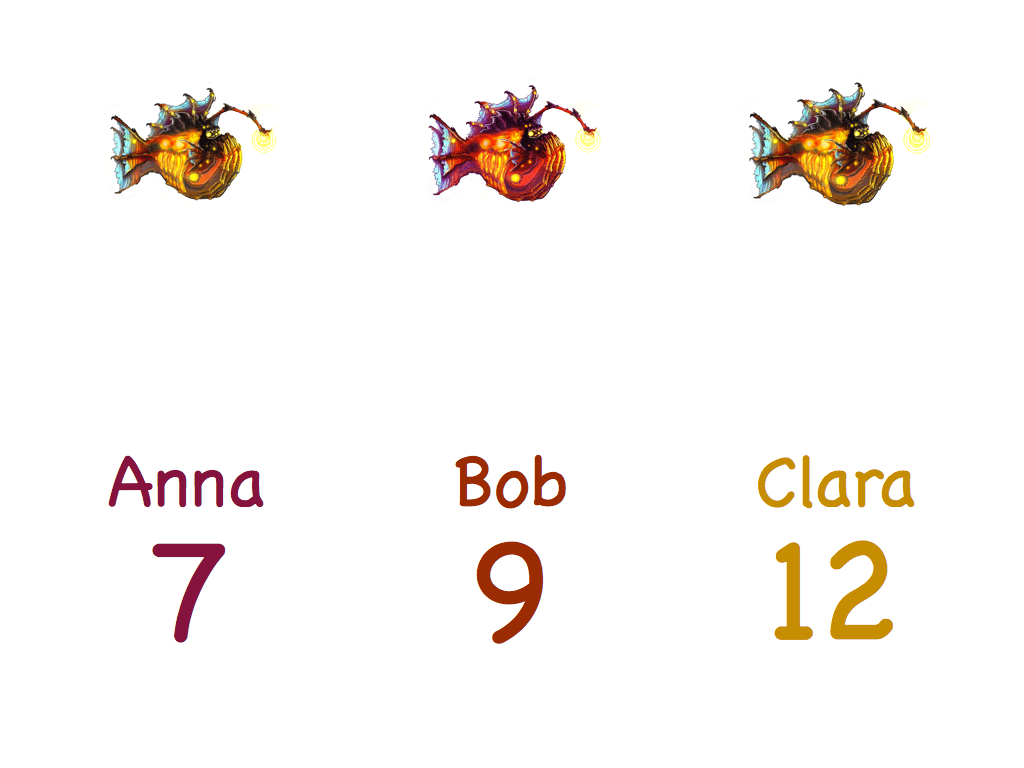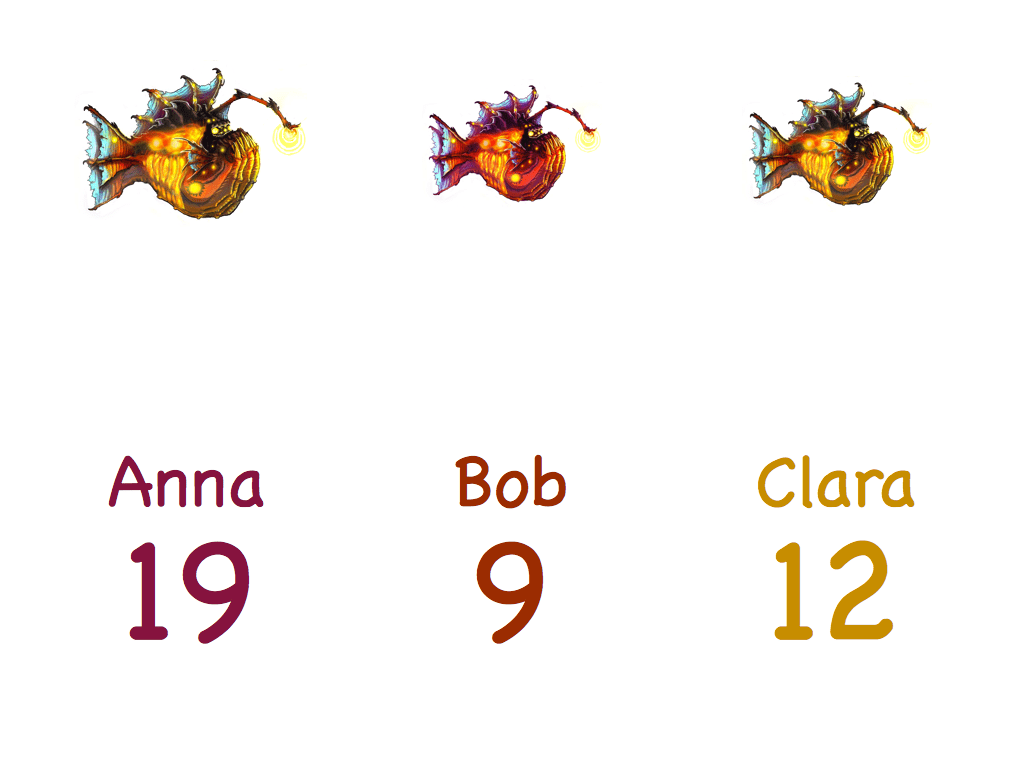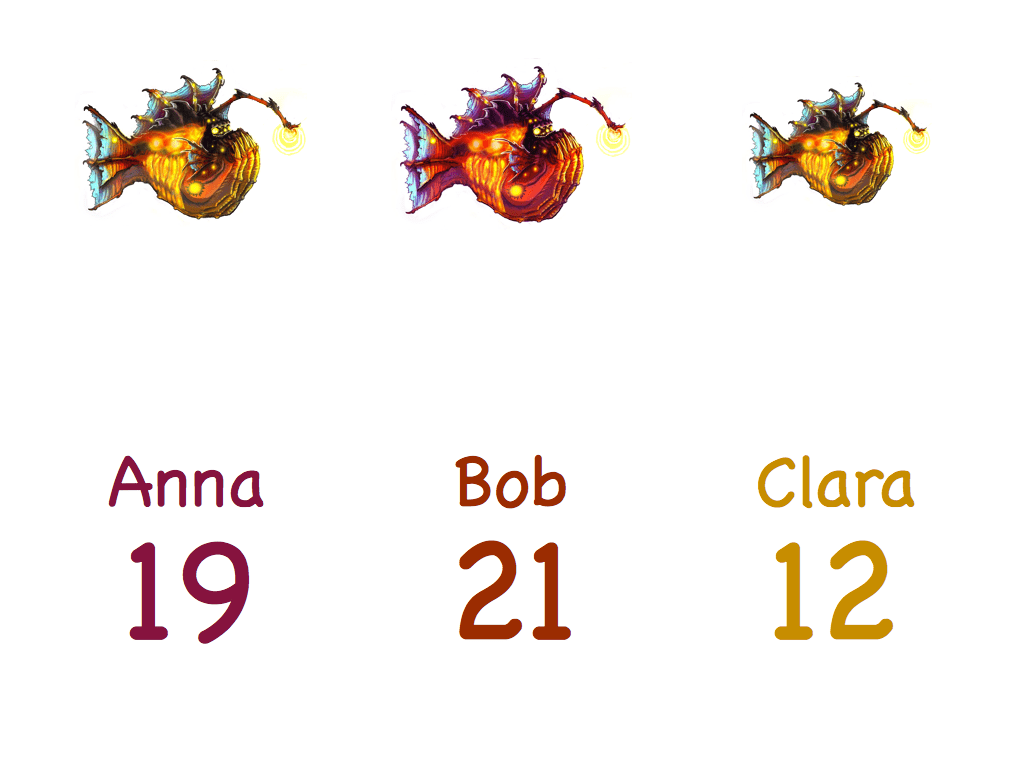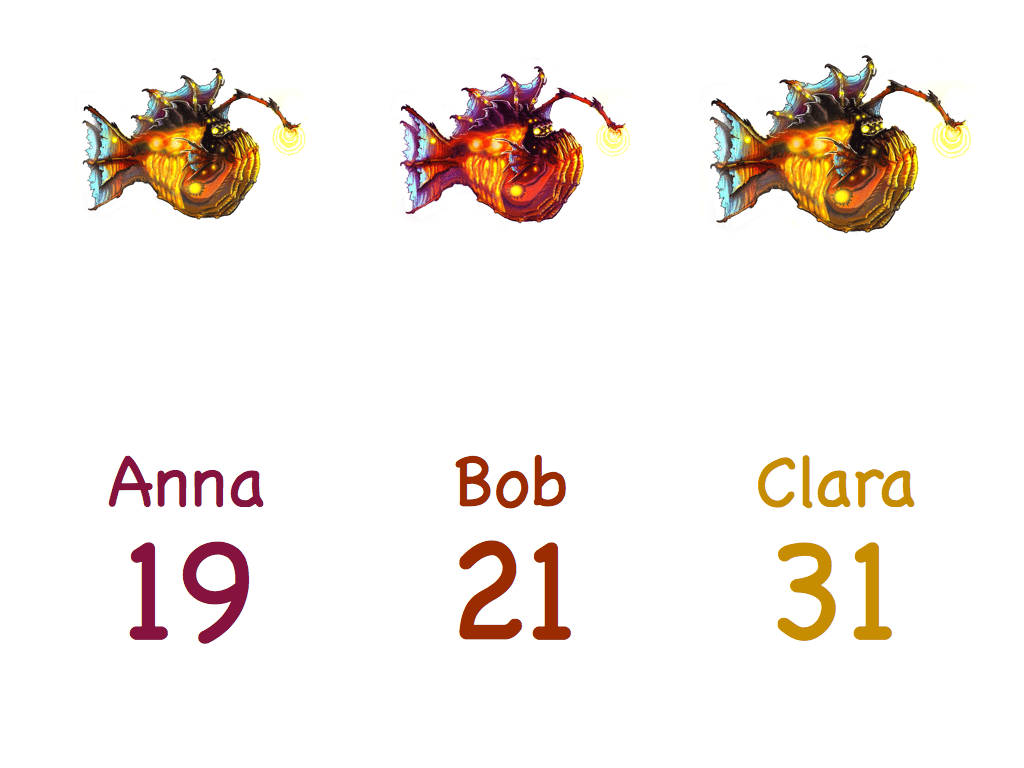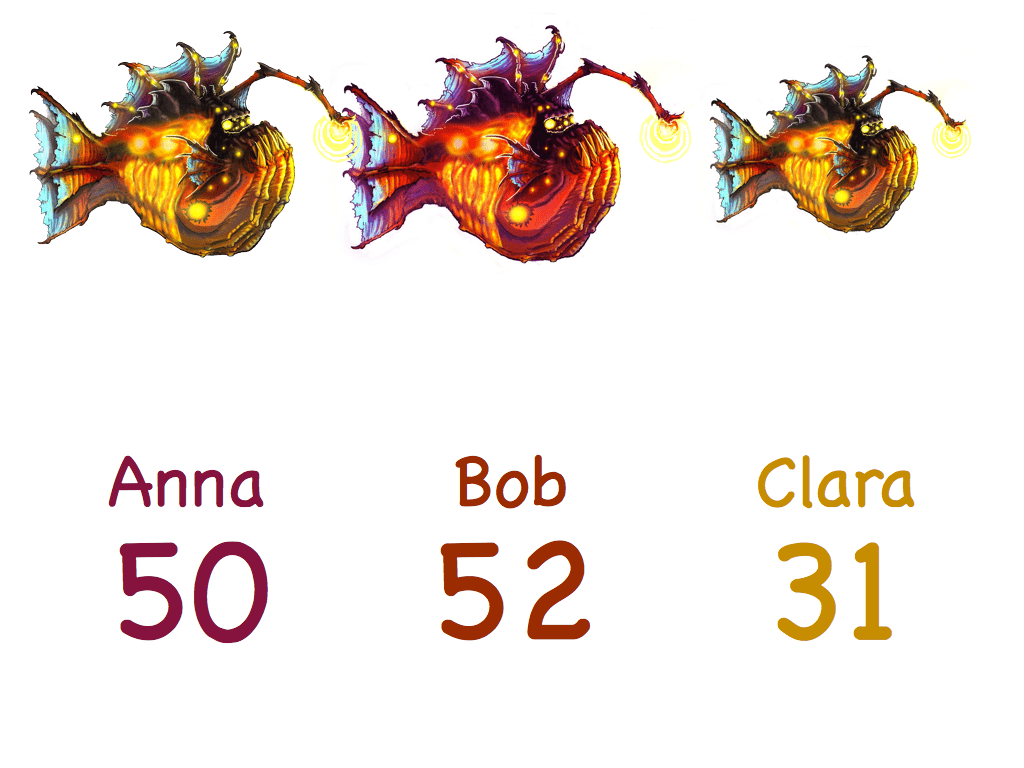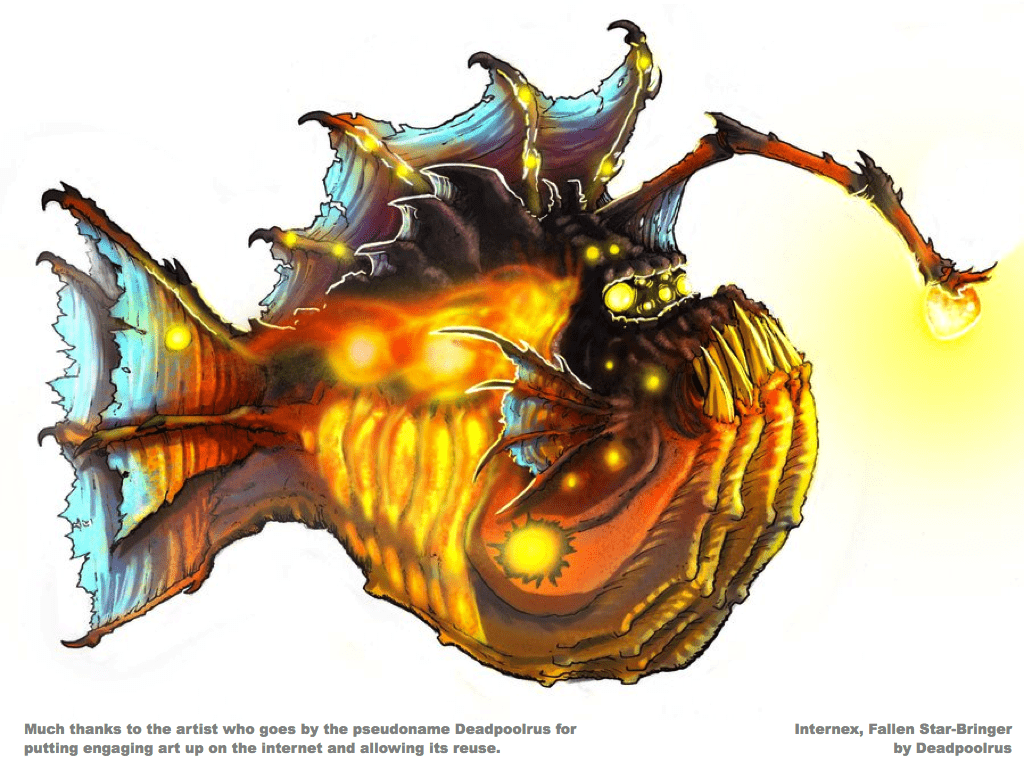Addition
This puzzle was posed in 1916 by the German mathematician Issai Schur. It is the best way to engage a classroom of children with different ability. It is so good that MathPickle will not give its stamp of approval on any curriculum that doesn’t include it.
Ballast Puzzles are good for students learning addition or multiplication in elementary or exponents in junior high.
The idea is the same in each puzzle. The students must find the warship that is in peril of sinking.
Earth Attack
Save the Earth by shooting down the invaders as quickly as possible. Unfortunately there is a problem, you only have one ion cannon and it can only shoot at one place at a time. This puzzle is perfect for an open-ended classroom competition. I know the optimal answers in only a few, simple cases. Above see me introducing the problem to one struggling child. On the right see my first quirky Earth Attack videos. Download a pdf of these puzzle-sheets and a circular variant here.
Too Many Mice!
Your students need to add 15 and 17… How do you teach carrying from the ones column to the tens column? This is the first of a series of games that will help.
“Too Many Mice” is a simple game in which students try to get as many mice as possible at the end of the game. It was designed for the grade 2 teachers at Foundations for the Future Chartered Academy.
…too many mice is a two player game, but you can add an additional role: one student can play the part of the cat.
Extensions:
1) If your students find the game is always won by the person who goes first, then increase the number of cards from 6 to 9.
2) Is a tie possible with 6 cards? With 7? 8? 9? 10?
3) How many different ways are there to play the game with 2 cards? With 3? 4? 5? 6?
4) If both players play very well, who will win – the first player, the second player – or will it end in a tie? With 1 card? 2 cards? 3? 4? 5? 6? I don’t know the answer for 9 cards.
Cookie Monster Problem!
The cookie monster is hungry. Thankfully there are automated cookie jars close by. Each minute he can name a number and each cookie jar will dispense that many cookies if possible. How should he empty the cookie jars as quickly as possible?
We start with 7 jars containing 1-7 cookies respectively. It can be solved with three number guesses. Those children who manage to find a way to do it automatically get upgraded to 15 cookie jars with 1-15 cookies respectively.
After seeing the beautiful pattern that results, consider experimenting by seeding several jars with numbers under 20 (the numbers chosen by the class.) Now you won’t know the optimal result, but you can all strive together to help the cookie monster.
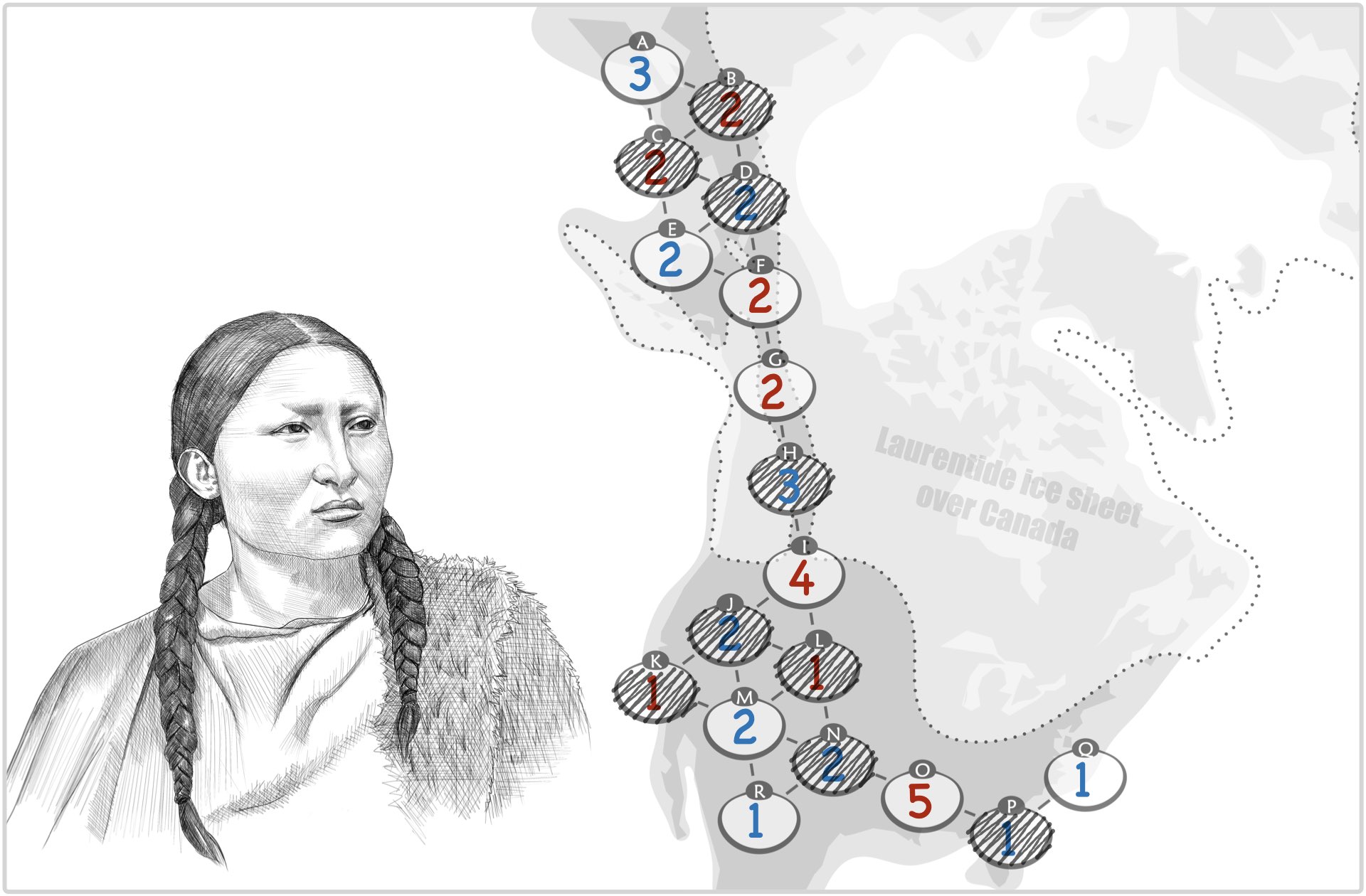
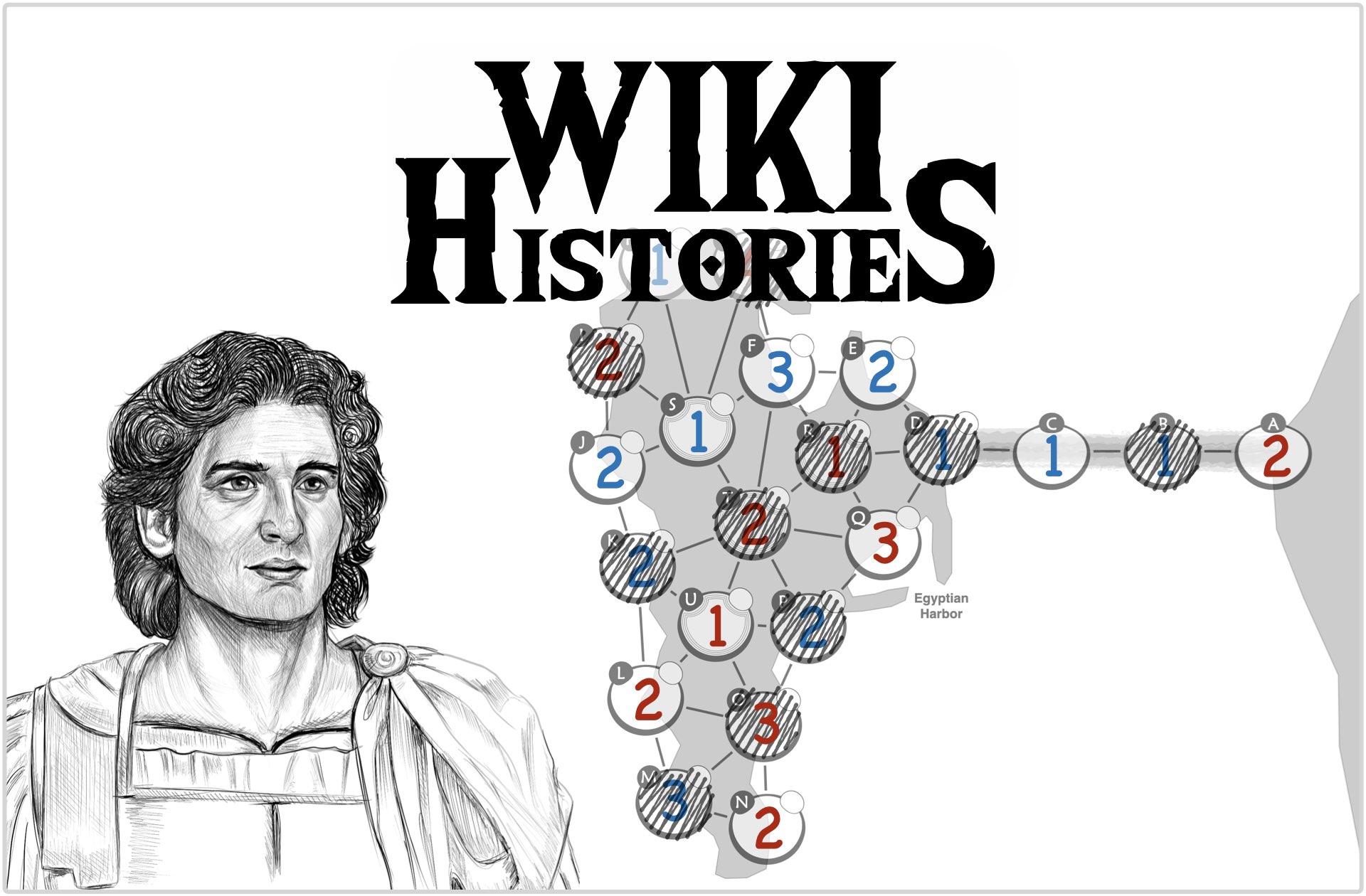

Wiki Histories are 10-minute pencil & paper games. They are great for teaching problem-solving, world history, and board game design. They can be played in any grade starting at grade 2. Each comes with a history essay that is written for high school students. If there is interest, I'll be adding new ones as they are created...
Wiki Histories Prehistory to 2500 BCE (13 games)
Wiki Histories 2500 BCE to 500 BCE (only 3 games for now)
Wiki Histories 500 BCE to 1 BCE (11 games)
Wiki Histories 1 CE to 1000 CE (14 games)
________________________________________________________________________________
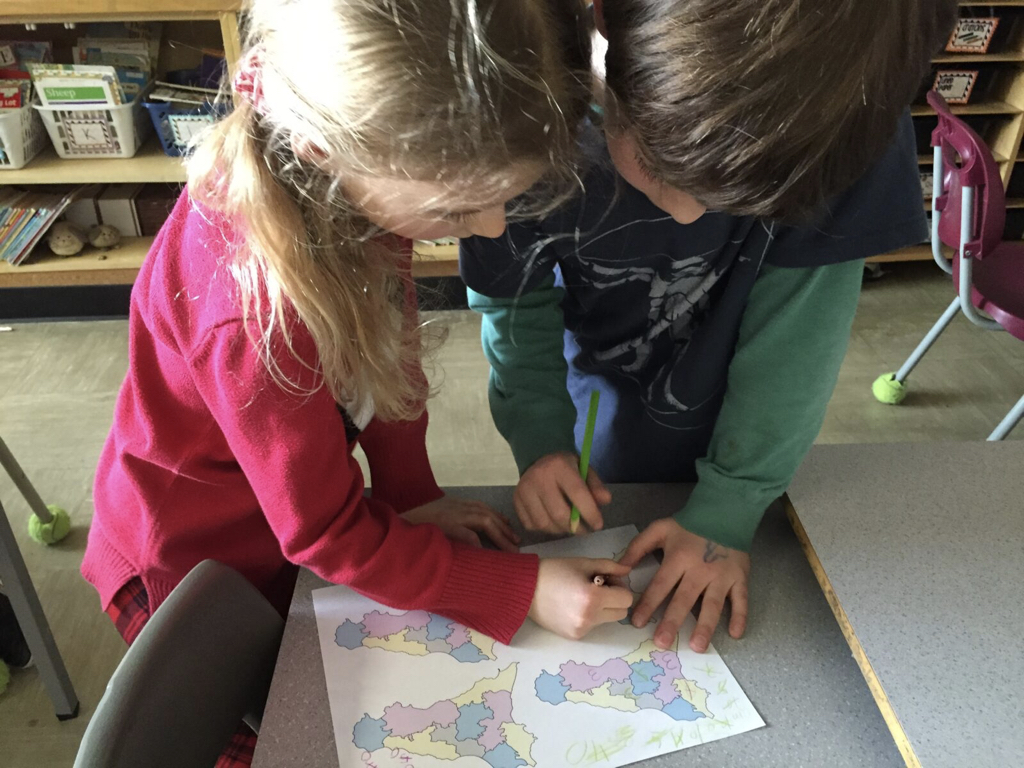
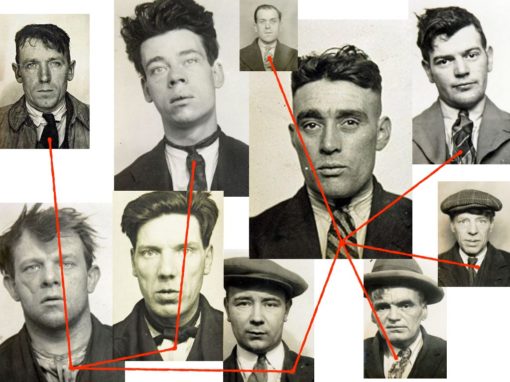
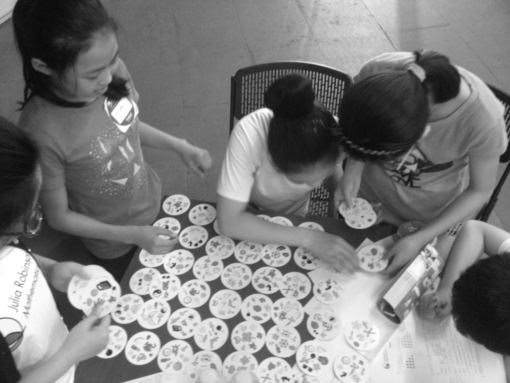
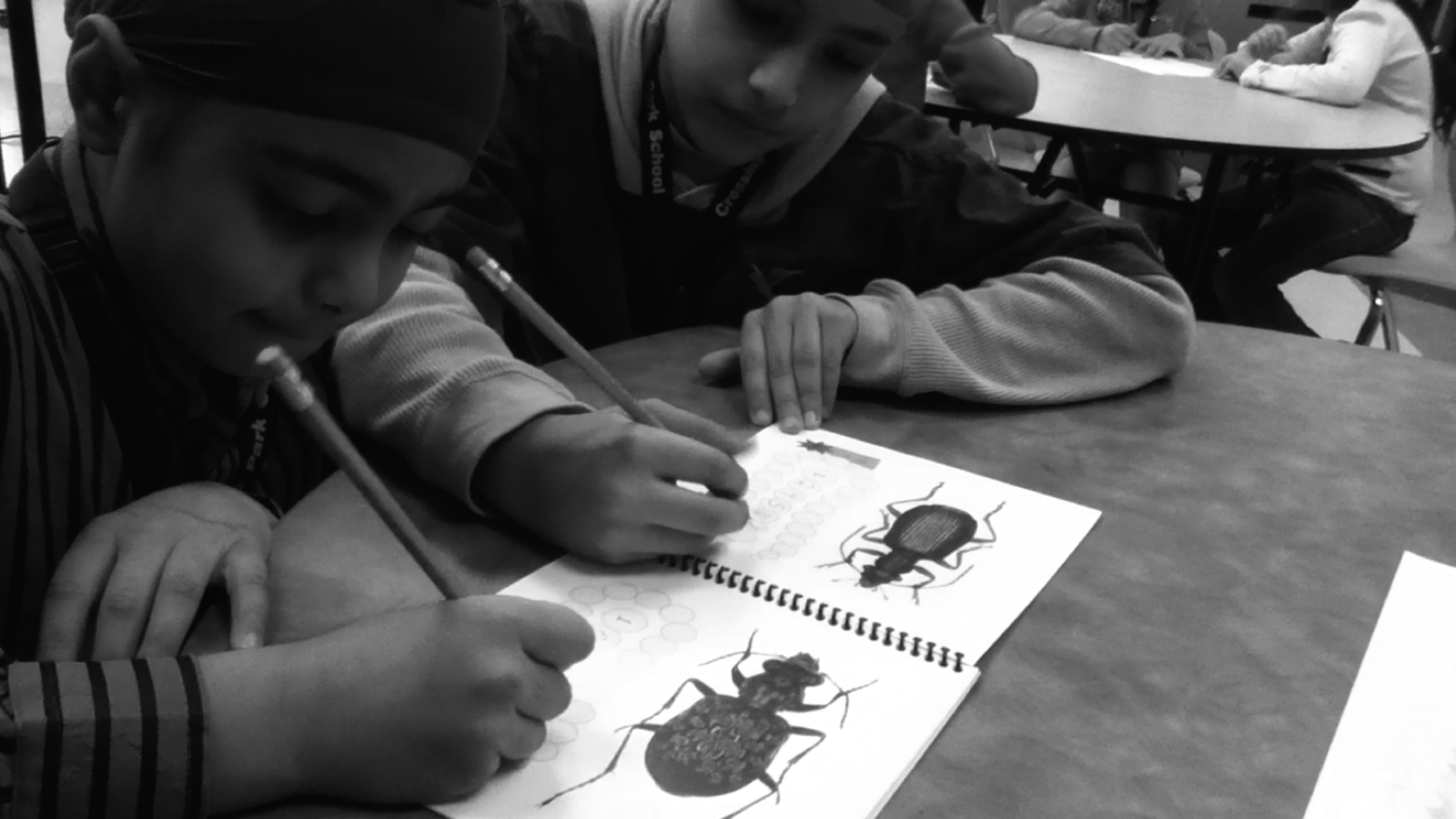
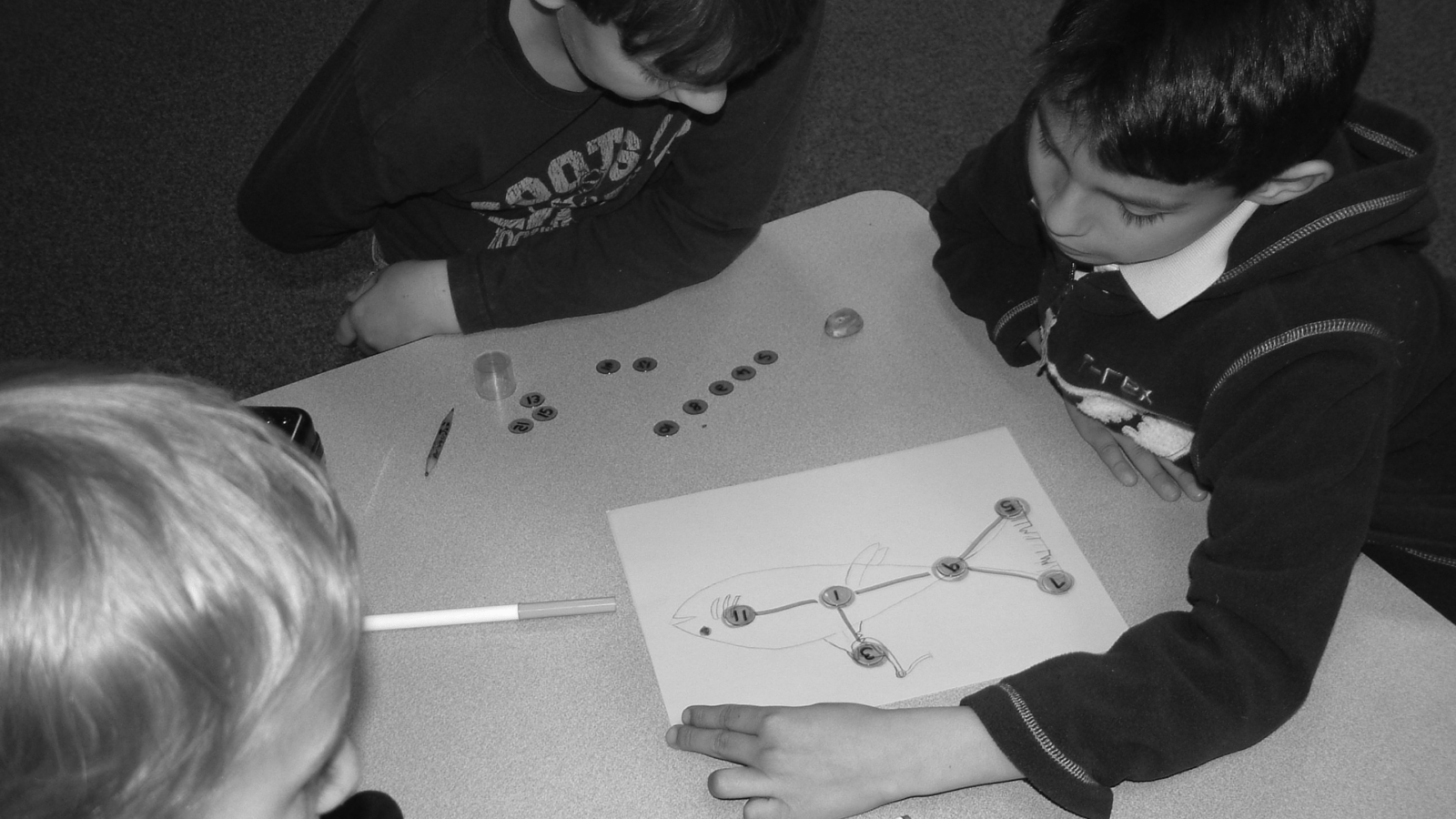
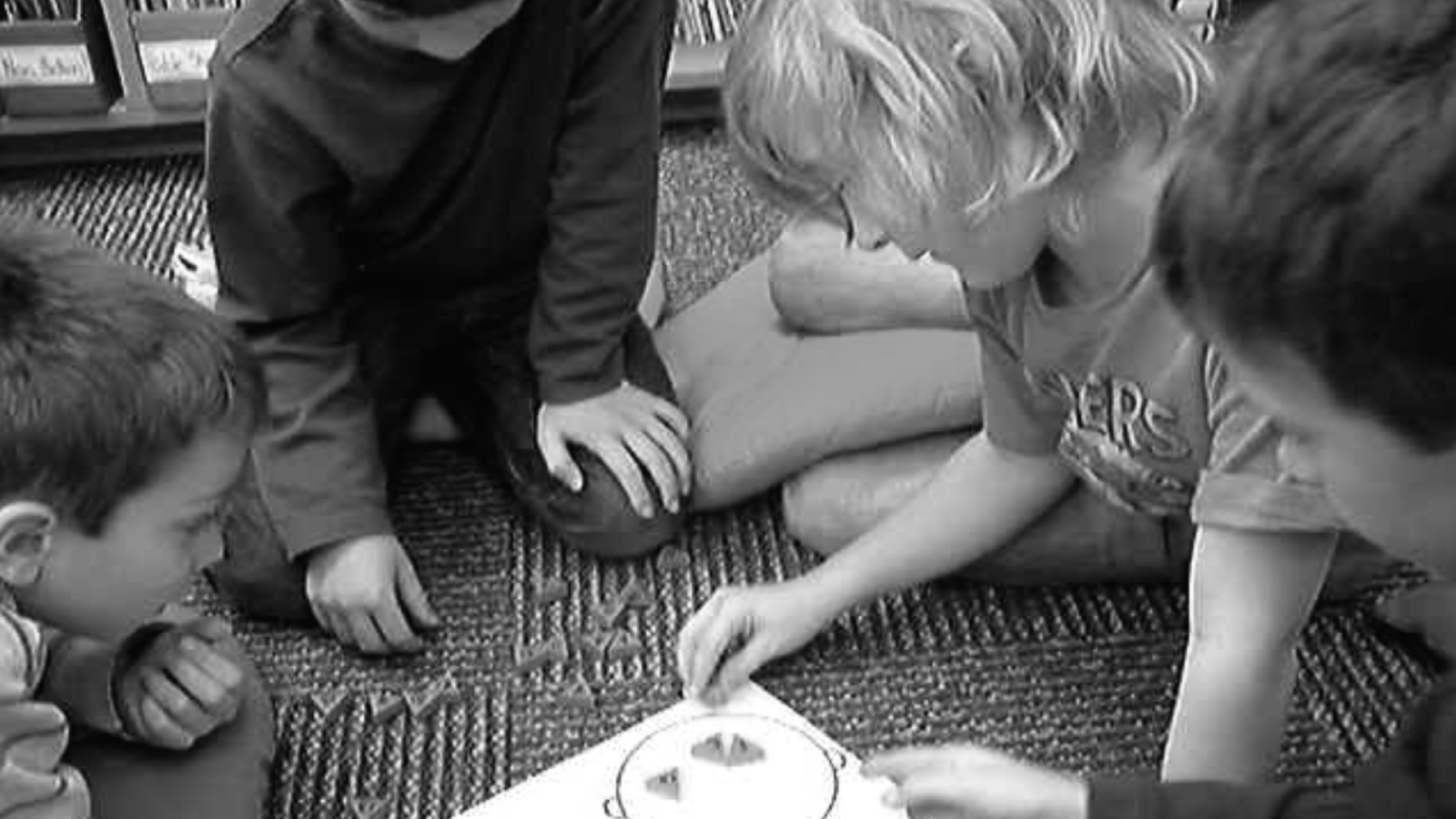
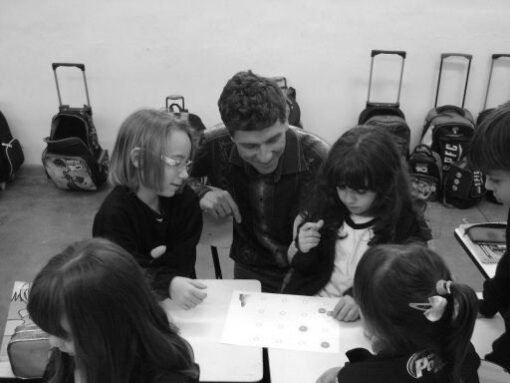
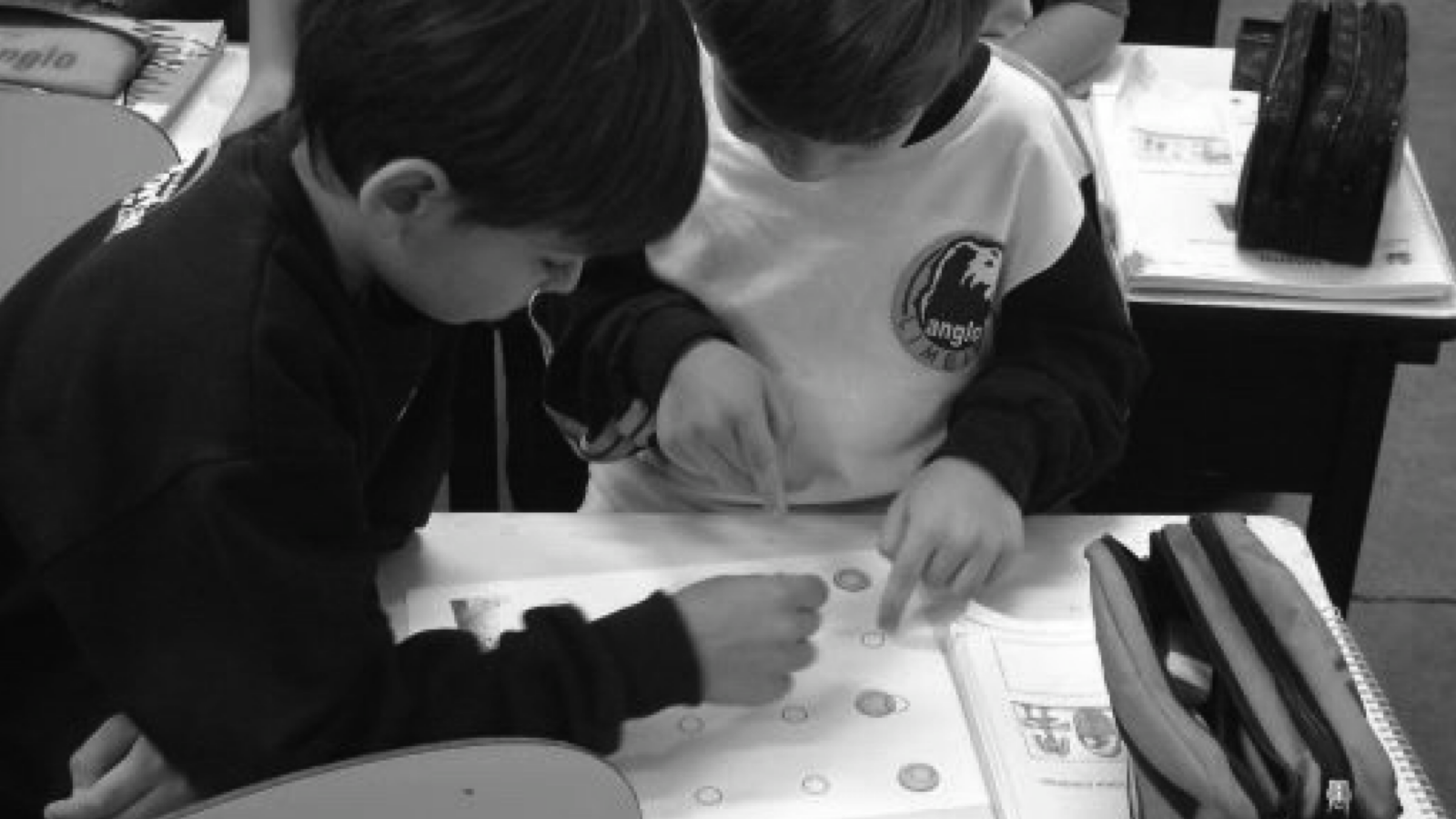
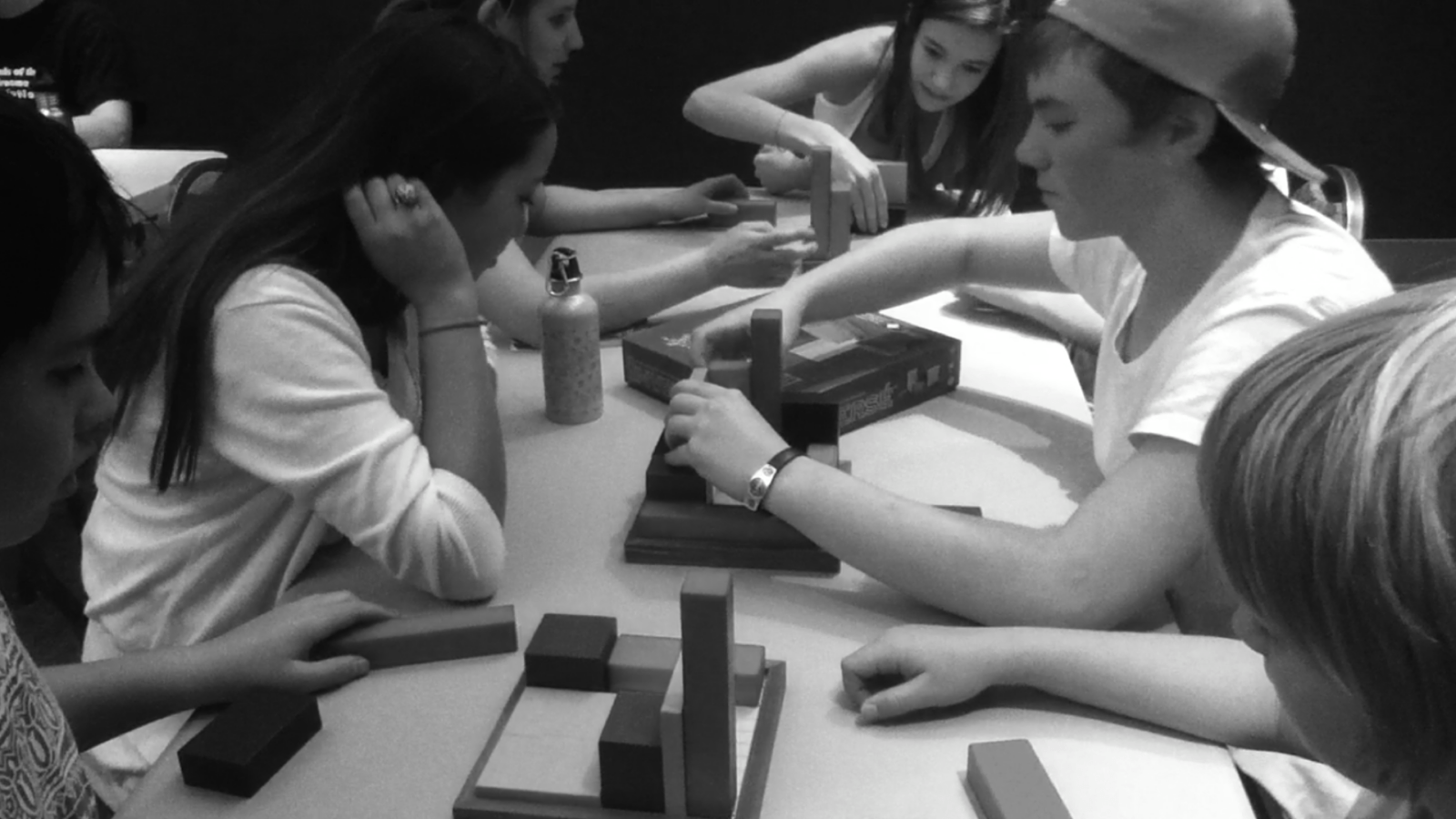
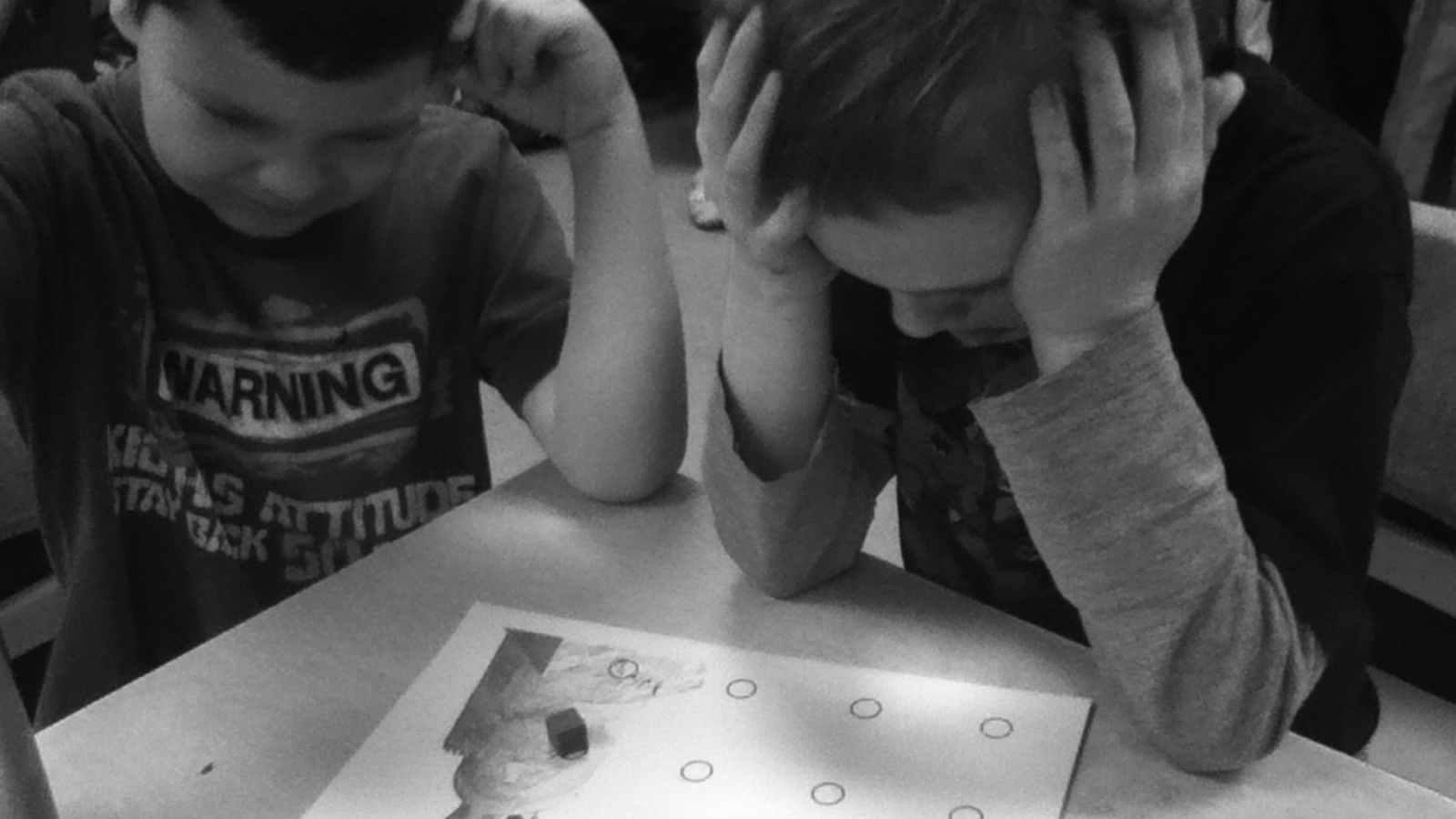

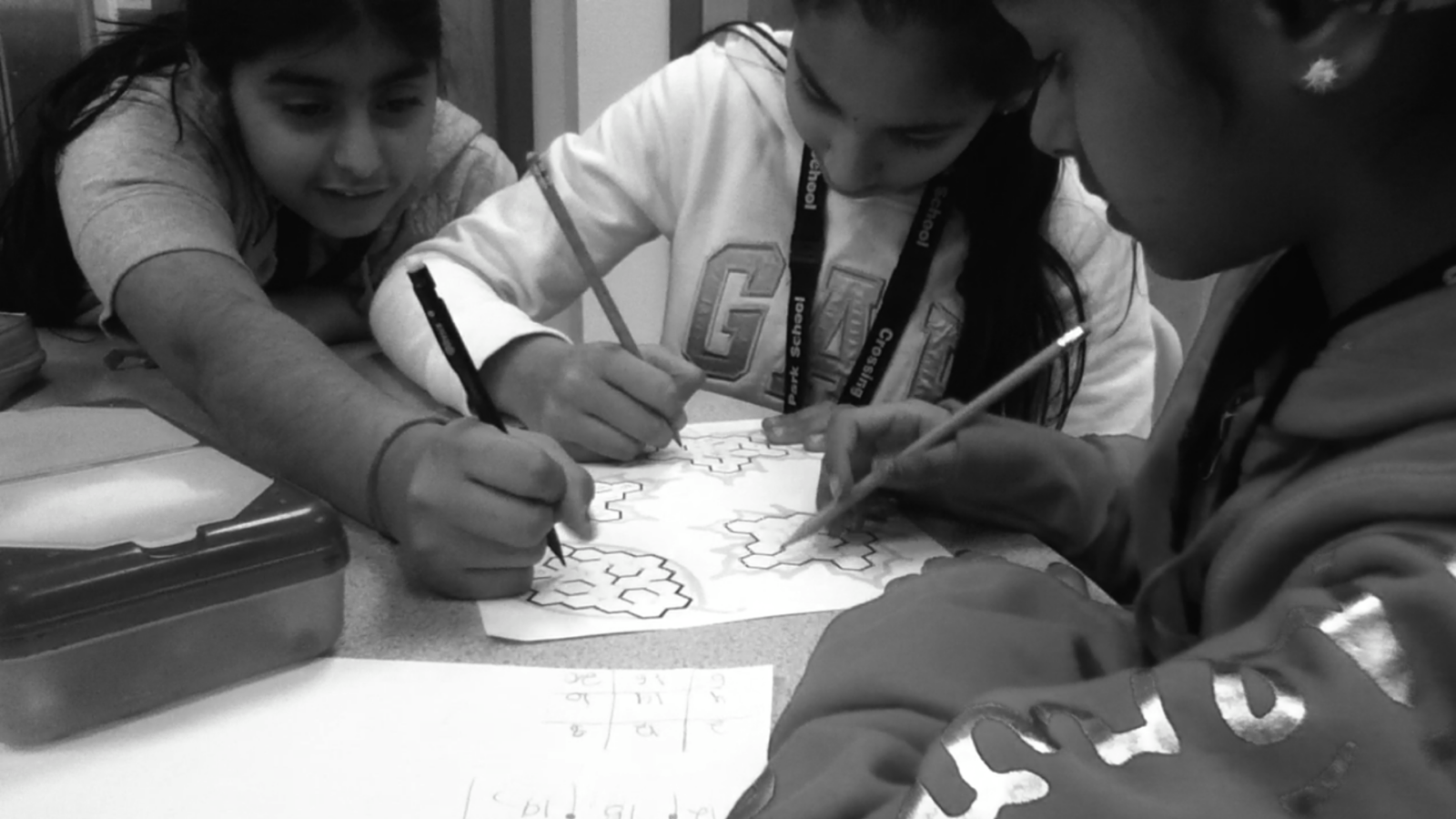
Please use MathPickle in your classrooms. If you have improvements to make, please contact me. I'll give you credit and kudos 😉 For a free poster of MathPickle's ideas on elementary math education go here.
